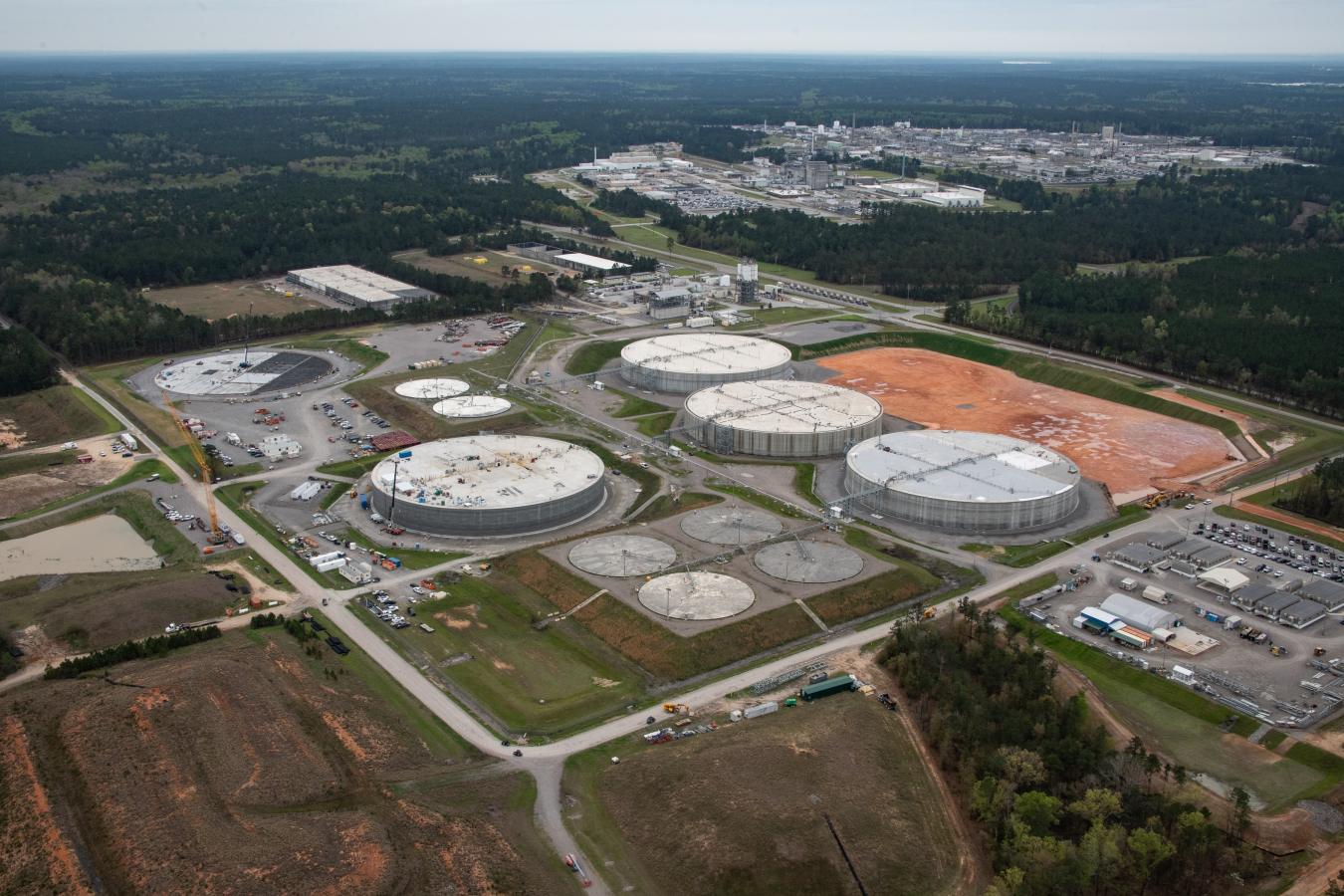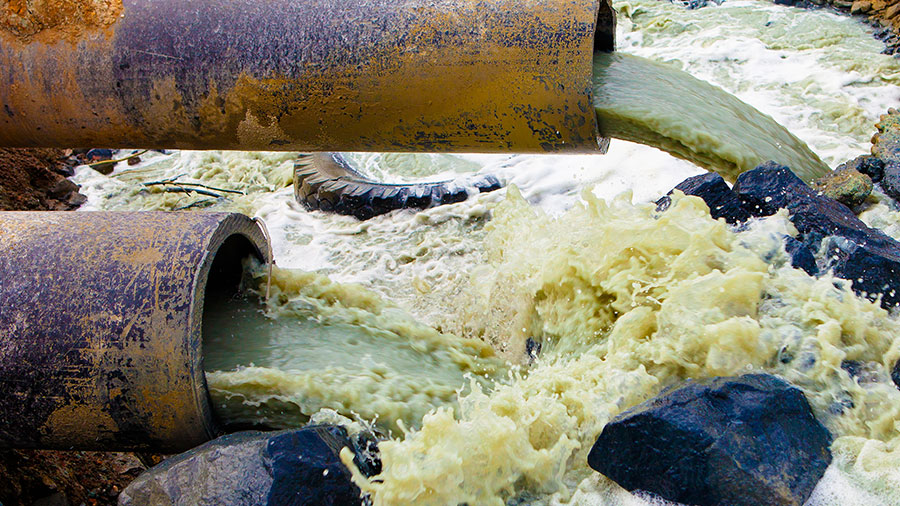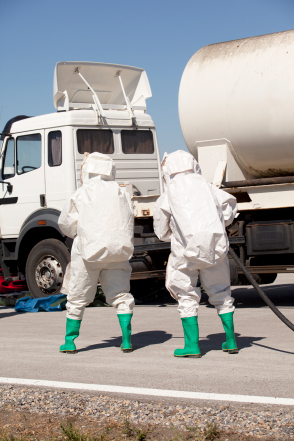Industrial Wastewater Treatment: Customized Solutions for Complicated Wastewater Obstacles
Industrial Wastewater Treatment: Customized Solutions for Complicated Wastewater Obstacles
Blog Article
Exactly How Liquid Waste Disposal Functions: A Comprehensive Summary of Strategies and Technologies Utilized

Introduction of Fluid Waste Kind
The complexity of fluid waste kinds necessitates an extensive understanding of their features and ramifications for disposal. Fluid waste can broadly be categorized into several types, including commercial, municipal, agricultural, and unsafe waste. Each group displays distinct homes, requiring particular monitoring techniques to minimize ecological and wellness threats.
Industrial fluid waste stems from producing procedures and usually has a range of impurities, such as hefty metals, solvents, and organic substances. Local liquid waste, mostly consisting of wastewater from houses and business establishments, has natural issue, nutrients, and virus (industrial wastewater treatment). Agricultural fluid waste, consisting of runoff from farms, might include plant foods, pesticides, and pet waste, presenting threats to water quality and environments
Harmful fluid waste is characterized by its toxicity, reactivity, or possible to cause injury. This classification includes substances like acids, bases, and specific chemicals that demand rigid handling and disposal procedures. Recognizing these varied fluid waste types is critical for establishing efficient disposal approaches and making certain compliance with ecological laws. Proper category and characterization are essential for implementing ideal treatment methods and reducing the damaging influence on public wellness and the environment.
Physical Therapy Methods

Screening is the preliminary step, where bigger particles and particles are removed from the liquid waste utilizing displays or grates. This process safeguards downstream tools from damages and makes certain smoother operation. Following testing, sedimentation utilizes gravitational force to separate solids from fluids. In sedimentation containers, heavier bits settle at the bottom, creating a sludge layer, while the cleared up liquid can be further treated.
Filtration is an additional necessary approach that involves passing the fluid through permeable products, such as sand or membranes, to record smaller particles. This action enhances the high quality of the liquid, making it appropriate for succeeding treatment processes.

Chemical Therapy Methods
Chemical treatment techniques are essential for successfully managing fluid waste, particularly in addressing dissolved and colloidal contaminants that physical approaches may not sufficiently get rid of. These techniques utilize various chemical representatives to counteract, speed up, or change harmful compounds right into much less hazardous types.
One usual approach is coagulation and flocculation, where chemicals such check my site as alum or ferric chloride are added to promote the aggregation of suspended fragments. This procedure enhances sedimentation, enabling easier elimination of the resulting sludge. Additionally, oxidation processes, employing representatives like chlorine or ozone, are employed to break down complex natural substances and virus, making the waste more secure for discharge or more therapy.
Neutralization is another critical method, which adjusts the pH of acidic or alkaline waste streams to neutral levels, preventing prospective harm to downstream systems and the setting. Additionally, progressed oxidation processes (AOPs) use mixes of oxidants and ultraviolet light to break down consistent toxins, achieving a higher level of treatment efficiency.
Organic Therapy Processes
Organic therapy processes play an important function in the administration of liquid waste by using microbes to decay raw material and decrease contaminant levels. These procedures can be generally categorized into cardio and anaerobic treatments, each utilizing certain microbial communities to accomplish effective waste degradation.
Aerobic therapy entails using oxygen to assist in the breakdown of organic materials by bacteria. This procedure is frequently carried out in turned on sludge systems, where aeration containers give a helpful environment for microbial development, resulting in the oxidation of natural contaminants. useful source The resultant biomass can be divided from dealt with effluent with sedimentation.
In comparison, anaerobic therapy happens in the lack of oxygen, depending on various microorganisms to damage down raw material. This method is specifically advantageous for high-strength waste, as it produces biogas, a renewable resource resource, while lowering sludge manufacturing. Technologies such as anaerobic digesters are often used in municipal and industrial applications.
Both anaerobic and aerobic biological treatments not only reduce the ecological effect of liquid waste but also promote source recovery, making them necessary components of sustainable waste management approaches. Their performance, effectiveness, and flexibility support their extensive application throughout different sectors.
Emerging Technologies in Disposal
Innovative approaches to fluid waste disposal are quickly progressing, driven by developments in modern technology and a raising emphasis on sustainability. Amongst these emerging technologies, membrane bioreactors (MBRs) have actually acquired traction for their ability to integrate organic therapy with membrane layer filtration, resulting in high-quality effluent that can be reused in various applications. MBRs allow smaller footprints and a lot more efficient procedures compared to conventional systems.
Another encouraging development is the use of anaerobic food digestion incorporated with nutrient healing innovations, which not only treats liquid waste but likewise produces biogas and recoups important nutrients like nitrogen and phosphorus. This dual benefit boosts resource efficiency and minimizes environmental impact.
In addition, advanced oxidation procedures (AOPs) are being adopted for the deterioration of complicated organic toxins. These methods hop over to these guys use powerful oxidants and stimulants to break down impurities at the molecular degree, using a very effective solution for tough waste streams.
Furthermore, the combination of synthetic knowledge and equipment knowing in waste management systems is maximizing operational performance and anticipating upkeep, bring about lowered expenses and boosted ecological conformity. These modern technologies show a considerable change towards more sustainable and efficient fluid waste disposal practices.
Conclusion
In final thought, efficient fluid waste disposal demands an extensive understanding of various methods and technologies. By constantly progressing these methodologies, it comes to be possible to resolve the expanding difficulties connected with fluid waste, inevitably adding to environmental protection and source healing.
Fluid waste disposal is an important element of environmental management, calling for an extensive understanding of various techniques and technologies customized to different waste kinds. Fluid waste can generally be categorized into a number of types, consisting of industrial, local, farming, and dangerous waste. Agricultural fluid waste, including drainage from ranches, might include plant foods, chemicals, and pet waste, presenting threats to water high quality and ecological communities.
Different physical treatment approaches play a vital function in handling fluid waste successfully - industrial wastewater treatment.In verdict, efficient fluid waste disposal demands a comprehensive understanding of different strategies and innovations
Report this page